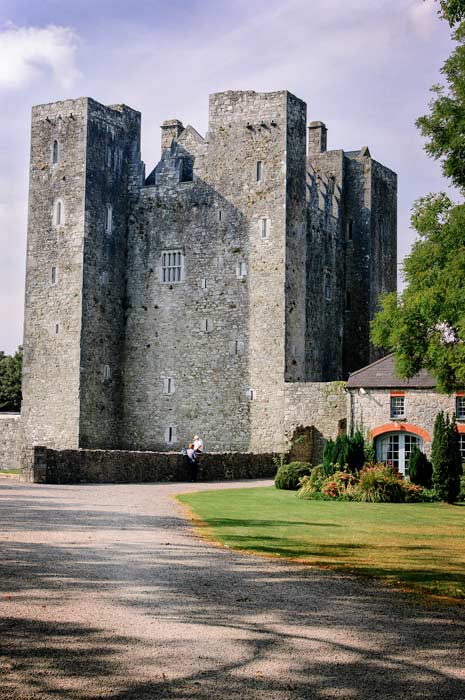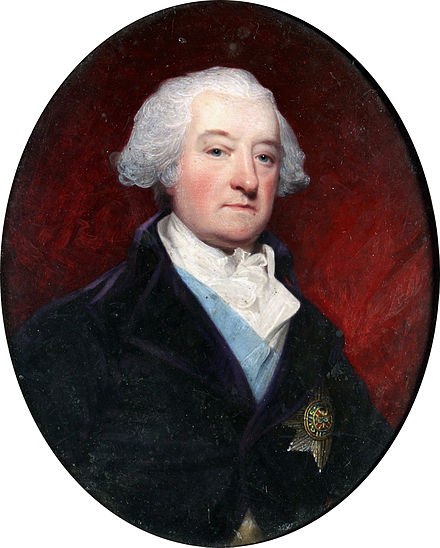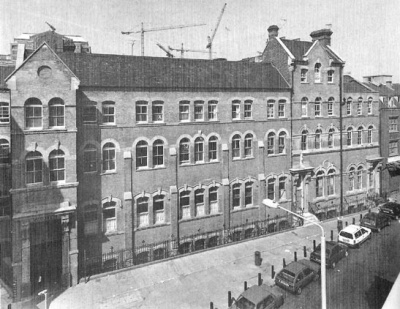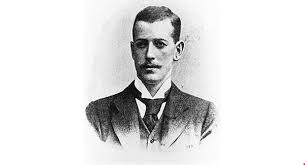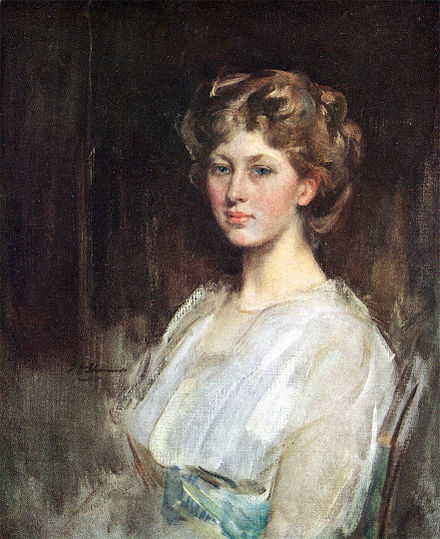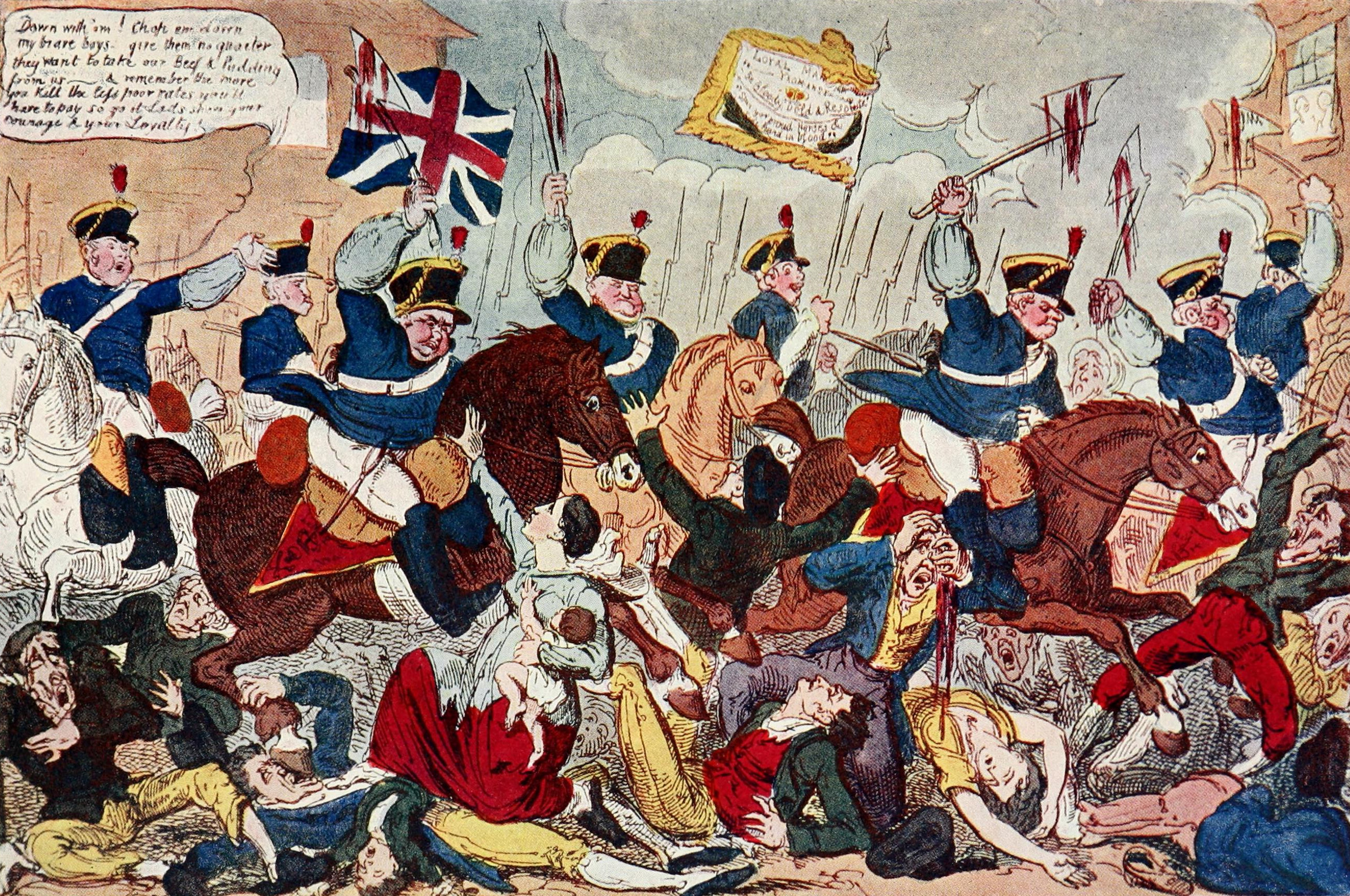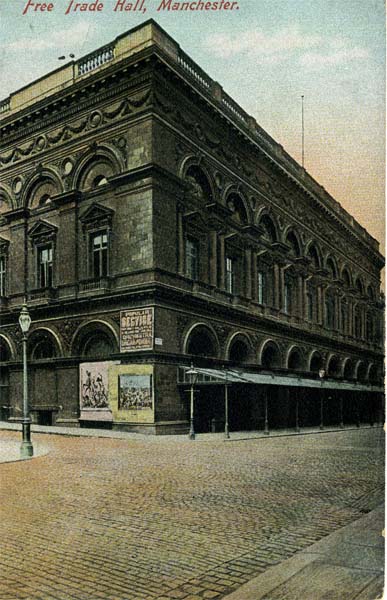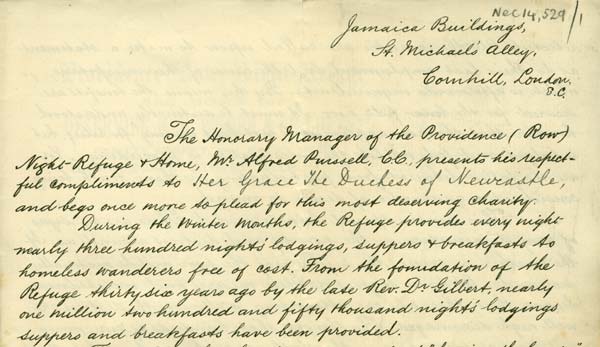Pauline Roche (1835 -1894) has been part of the story for a while. But I’m becoming increasingly sure that she helps place a lot of things into context. This is one of a series of posts covering her marriage into the Barry family, and a look at where they fit into both Irish, and British society. I think it’s useful to list her children fairly plainly so I can link off it as I delve deeper.
William Henry Barry of Ballyadam, is William Barry, of Rockville’s grandson, and the husband of Pauline Roche. Pauline Roche is Ernest O’Bryen’s first cousin on her mother’s side. Her mother Jane is John Roche O’Bryen’s eldest sister. She is also his second cousin on her father’s side, because William Roche, Pauline’s father is their ( Jane and John Roche O’Bryen) first cousin once removed. So Pauline Roche’s children are EAOB’s second cousins on their maternal grandmother’s side, and third cousins on their maternal grandfather’s side
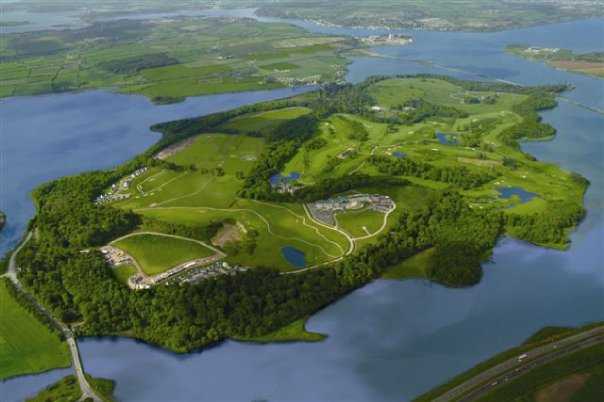
Lineage:
William Barry, of Rockville, Carrigtwohill, gentleman, fifth son of Edmond fitzGarrett Barry, of Dundullerick and Rockville, gentleman, according to his son, John, was born 1757, and died the 24th of January, 1824, aged sixty-seven years. He was married and had issue at the date of his father’s will, 30th March, 1783. His wife was Margaret, eldest daughter of James Barry, of Desert, in the barony of Barrymore, and county of Cork, gentleman, whose will is dated 21st November, 1793, but who died the 19th of November, 1793, aged sixty-five years, according to the inscription on his tomb at Ardnagehy. Said James Barry and his brother, Robert Barry, of Glenville, are mentioned in the will of Thomas Barry, of Tignageragh, gentleman, dated 16th November, 1778, and were his first and second cousins, and were great-grandsons of Edmund Barry, of Tignegeragh, gentleman, whose will is dated 22nd April, 1675, and whose father was Richard Barry, of Kilshannig, gentleman, son of John fitzRedmond Barry, of Rathcormac, Esq., and whose wife was a daughter of Thomas Sarsfield, of Sarsfield’s Court, an alderman of Cork, and a prominent Confederate Catholic in 1641. By his marriage with Margaret, eldest daughter of James Barry, of Desert, William Barry, of Rockville, had issue—eleven sons, and three daughters.
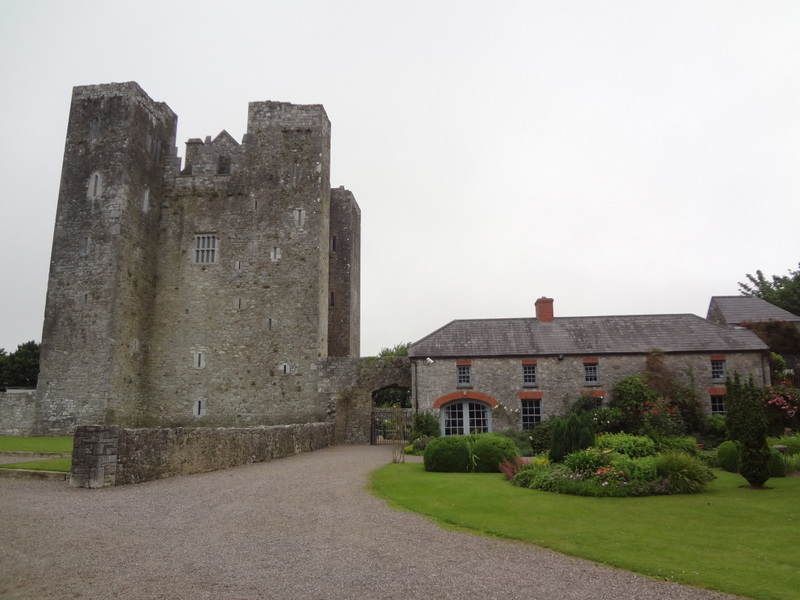
The ninth son was Patrick Barry.
The next extract comes from “Barrymore Records of the Barrys of County Cork from the Earliest to the Present Time, With Pedigrees. London:” published 1902
Patrick Barry, of Cork, gentleman, died 1861, having married Mary Anne, daughter of Stephen Murphy, of the city of Cork, draper, and had with an elder son, Stephen Barry, of H. M. Customs, Cork, and a daughter, Kate, who both died unmarried, a younger son, William Henry Barry, of Ballyadam, gentleman, J.P., who was heir to his uncle, Henry Barry, of Ballyadam, and was for many years postmaster of Cork. He married in 1857 Pauline Roche, only child of William Roche, son of Lawrence Roche, whose brother, John Roche, amassed great wealth during the French wars, and built Aghada House. John Roche’s only daughter, married to — O’Brien, of Whitepoint, Queenstown, J.P., left a daughter, who married her cousin, William Roche, and with her husband died shortly after the birth of their only daughter, Pauline, who was entrusted to the guardianship of her uncle, Dr. O’Brien, of Liverpool, and at marriage had a fortune of £7,000.
Only Edith, and Mary Barry, out of the seven brothers and sisters, marry. Both Edith’s husbands were Army Surgeons. Mary married into the Smith-Barrys of Ballyedmond. In a slightly curious irony, the Master of the Rolls who sat on Pauline Roche’s case in 1855 ( Sir Thomas Berry Cusack-Smith) married into the Smith Barry family, as did Pauline and William’s daughter Mary, making him( Sir Thomas) and Louisa Cusack-Smith, Mary Barry’s husband Cecil’s great-uncle and aunt. It’s a small, small world…
The issue of the marriage of William Henry Barry and Pauline Roche are from “Barrymore Records”:
(Patrick)Henry, born 1862; d. poss 1930, who appears to have been unmarried
William Gerard; born 1864; d. 1940 in Saint-Jean-de-Luz, unmarried.
Pauline; prob born 1865 or b.1867 – d. after 1911; unmarried.
Edith,born probably 1863, but possibly as early as 1861, and possibly as late as 1866. She married Patrick Aloysius Hayes, surgeon-major H. M. Army Medical Department, and had three sons, William Hayes 1891 – 1918, J B (Joseph Barry )Haynes 1891?-1927, and Gerard Patrick Hayes? Will and Joe appear to be twins, according to the 1901 census, both aged 9, Gerard is a year younger at 8, so probably born in 1892. Patrick Hayes Senior died in Wimbledon on the 20th March 1900.
Edith then married Lieutenant General William Babtie V.C, as a widow in 1903, and had a daughter Janet born in 1905; and possibly a son George Patrick (Babtie??)
Mary, married Cecil Smith Barry, second son of Captain Richard Smith Barry, of Ballyedmond, and first cousin of the Hon. Arthur Hugh Smith Barry, P.C. [now Lord Barrymore];
Arthur Hugh Smith Barry was the elder son (and one of two sons and two daughters) of James Hugh Smith-Barry, 1816 -1856, who in turn was the eldest son of John Hugh Smith-Barry 1793 – 1837. Richard Hugh Smith-Barry 1823 -1894 was the youngest son (4 sons, 1 daughter) of John Hugh Smith-Barry 1793 – 1837, which makes him Cecil’s father, and Lord Barrymore’s uncle.
Cecil Arthur Smith-Barry b. 19 Oct 1863, d. 21 Nov 1908 married Mary Barry, so was Pauline Roche’s son-in-law. They had two daughters Cecily Nina b 1896, and Edith b 1907
Henrietta, b. 1873/4,unmarried
Kate. b 1879 unmarried.
